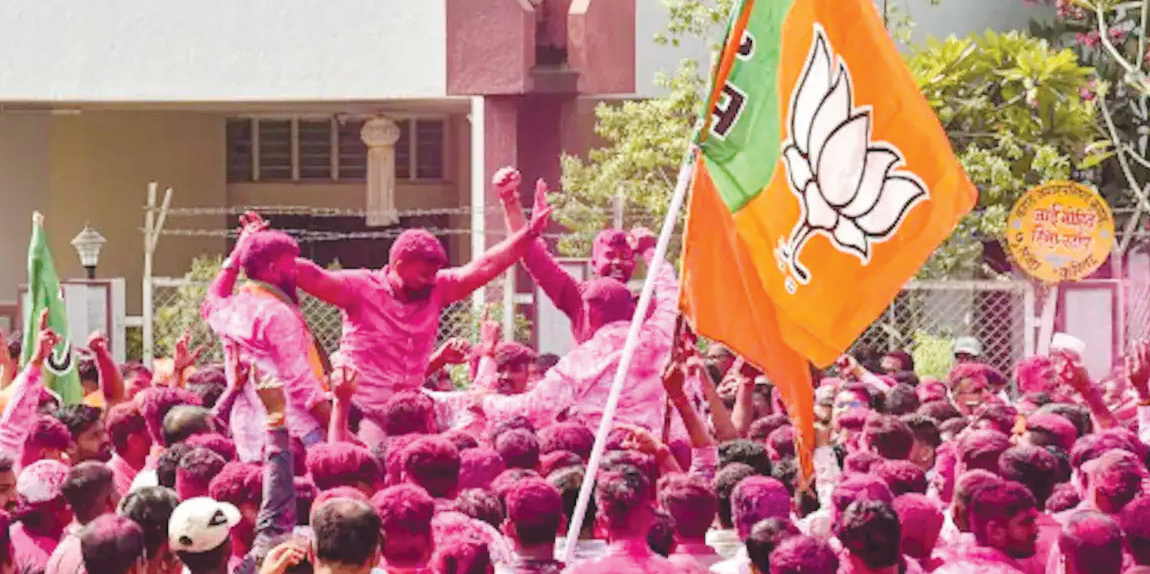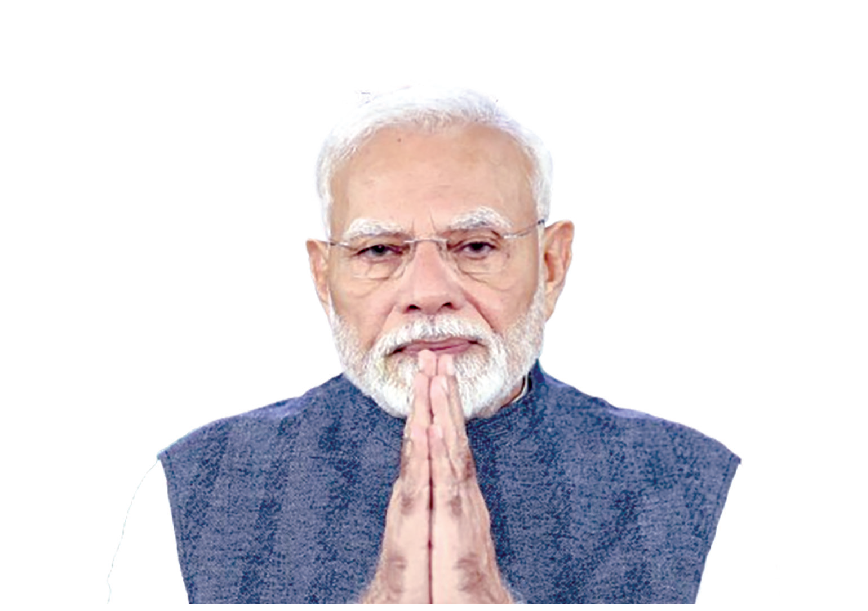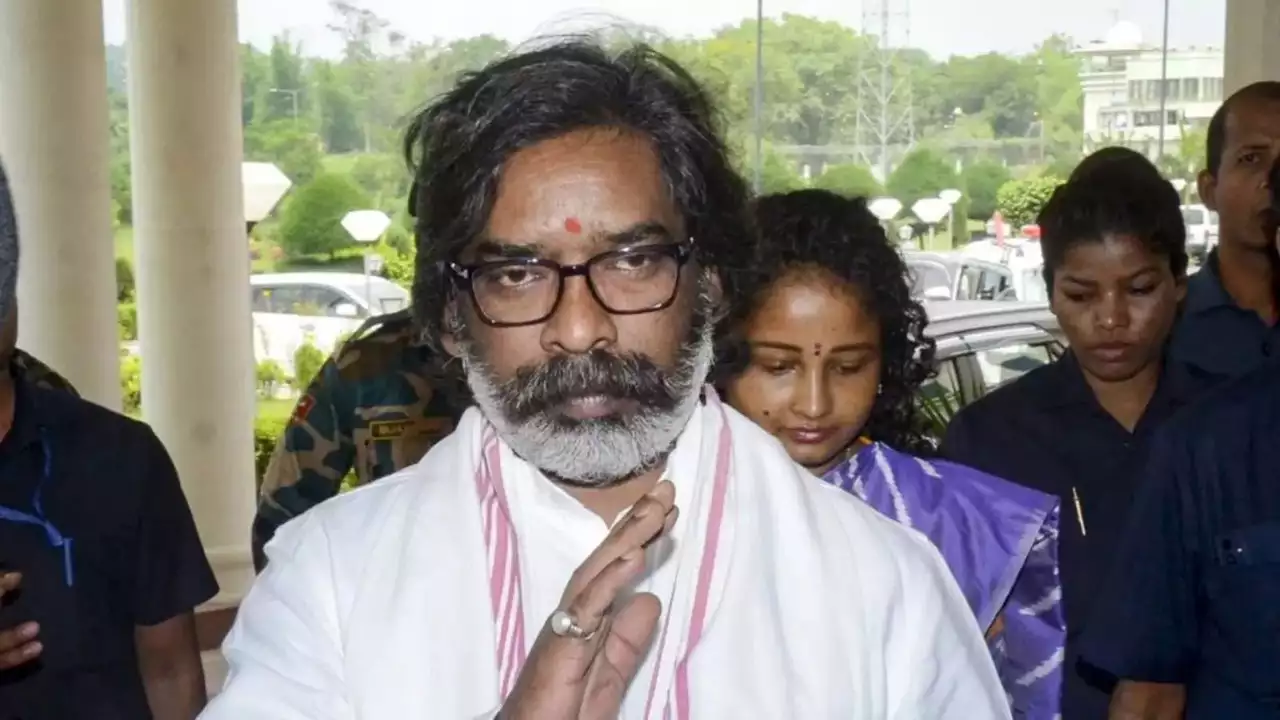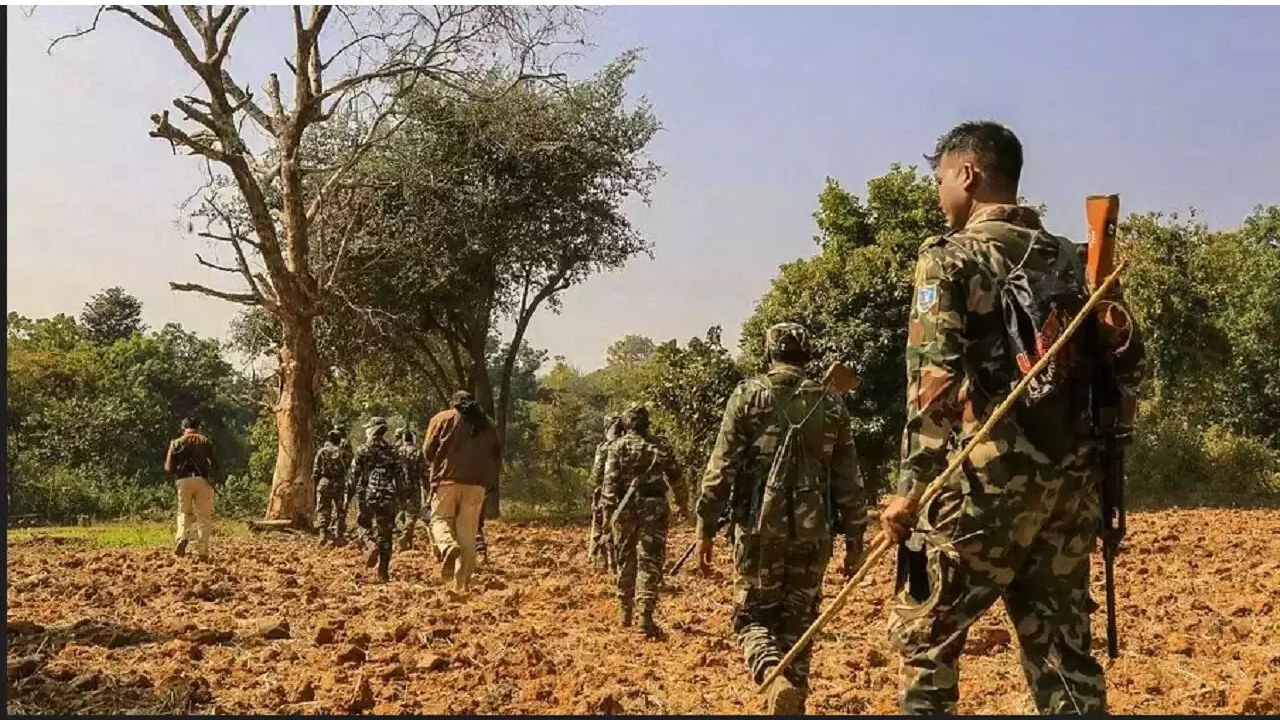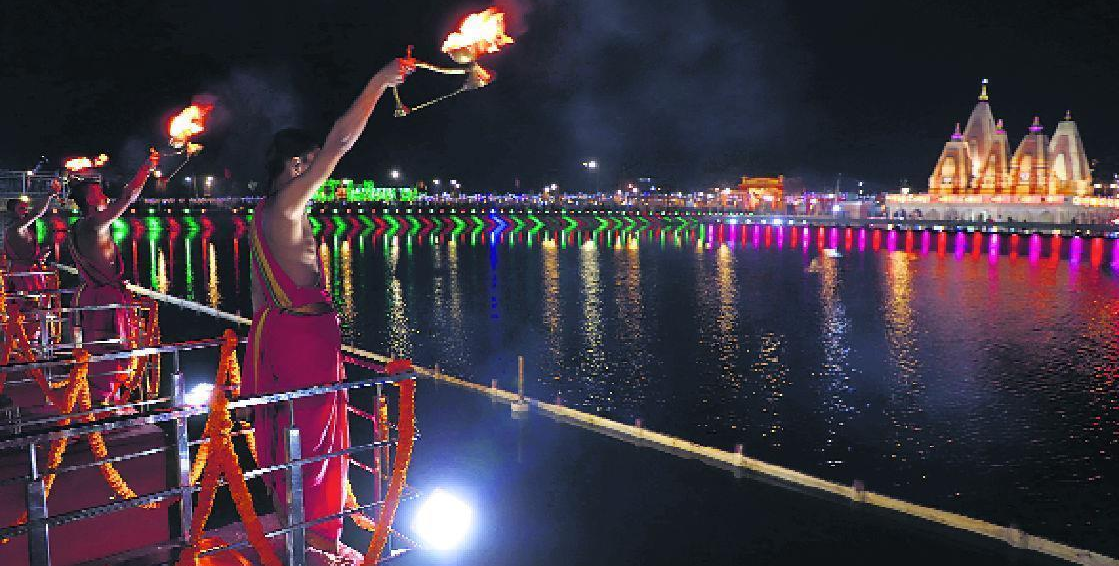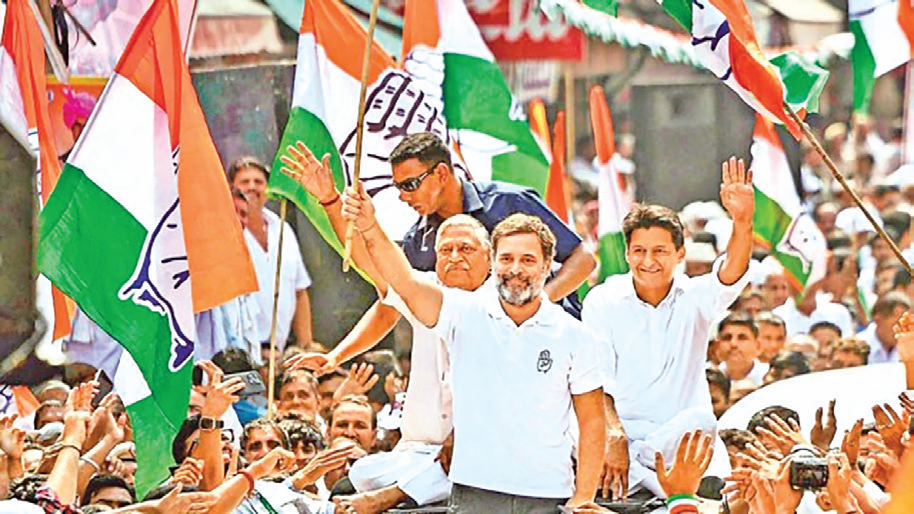
Rahul’s yatra shakes election-bound Haryana BJP strongholds
In a political landscape often dominated by inertia, Rahul Gandhi’s Vijay Sankalp Yatra has swept through Haryana like a thunderous wave, electrifying the state. As vast crowds flood the streets to catch a glimpse of the Congress leader, it’s clear that a transformation is brewing. Rahul’s meticulously planned tour has galvanised the public, with his sights set firmly on the GT Belt spanning Ambala, Kurukshetra, Panipat, and Yamuna Nagar historically BJP strongholds, and key to the state’s electoral map with its 36 crucial assembly constituencies. Starting in Naraingarh, where Haryana's current Chief Minister, Naib Singh Saini, launched his political career in 2014, Rahul’s choice of starting point was no coincidence. It was a direct challenge to the BJP leadership, aimed squarely at their heart.
Naraingarh, nestled within the Ambala Lok Sabha constituency, is also home to Congress candidate Shalley Chaudhury, who triumphed in the 2019 assembly elections. Gandhi’s visit sent a clear signal to the Congress factions in Ambala City and Ambala Cantonment, urging them to set aside their internal differences and unite for the greater cause. The significance of this unity was reinforced by the presence of heavyweights Kumari Selja, Shalley Chaudhury, Priyanka Gandhi, and Bhupinder Singh Hooda, all rallying behind Rahul on the same stage. While Gandhi’s early campaign efforts in Haryana were modest addressing just two rallies in Assandh and Barwala the second phase has seen him in full force. And the public is responding. Echoes of Discontent Rahul’s message has found fertile ground in Haryana’s rural heartlands, where anger towards the BJP is palpable. Farmers, shopkeepers, and local leaders express deep dissatisfaction, particularly with Chief Minister Naib Singh Saini, who is widely criticised for neglecting his constituency.
The fury is such that former Home Minister Anil Vij, infamous for ordering police action against protesting farmers earlier this year, has reportedly been ostracised in villages within the Ambala Cantonment constituency. As Rahul and Priyanka rolled through 100 kilometres of Haryana in an open jeep, the symbolism was unmistakable. Their visit to Ladwa, where Naib Singh Saini is contesting, was another calculated move. The city’s population, equally divided between Saini and Jat voters, reflects the broader discontent among various communities, with even traditional BJP supporters wavering in their loyalty. One shopkeeper voiced what many seem to feel: "After becoming Chief Minister, Saini never bothered to return here. No one wants him anymore." Hari Singh, a farmer, is equally upset. He pointed out, "There are no buyers for our rice crop, which is currently selling at half the price we used to get during the Hooda regime. This is happening while the cost of diesel and fertilisers has doubled over the last decade. What are we supposed to do?" Ajai Kashyap, a sarpanch leader, said, "Let me inform you that 36 biradiris are casting their votes in favour of the Congress, and the local Congress candidate, Mewa Singh, whom we voted for in 2019, has stood by us through thick and thin. We will vote for him again. The BJP party workers have been given all the contracts, but they have done no work. They’ve pocketed the money and fooled us with their empty promises."
Groundswell of Support: In rally after rally, Rahul Gandhi’s promises resonate deeply with a population that feels abandoned. From pledging to buy the farmers’ unsold crops to offering Minimum Support Prices (MSP) for all, his words have struck a chord. The crowd’s roars grow louder as he outlines his party’s commitments: filling two lakh vacant government posts from local “36 biradiris”, providing monthly financial support to women, slashing gas prices, and handing out plots of land with financial aid for housing. But it isn’t just the tangible promises that are stirring the masses; it’s the contrast Rahul draws between the BJP’s economic policies and the Congress’s vision. Gandhi doesn’t hesitate to highlight the glaring disparity between struggling farmers and a government that, he claims, showers wealth upon a privileged few. His declaration that “only 25 families are benefitting from Modi’s largesse” is met with uproarious applause, a clear indictment of the Modi government’s alleged favouritism towards industrialists. Rahul’s rhetorical style is simple yet effective. He taps into a wellspring of public frustration. His flourish of waving the Indian Constitution at his Sonipat rally, calling it under attack, only deepens the emotional connection he’s forging with the voters.
Tall order, but winning tide?: Critics argue that the promises made by the Congress may prove difficult to fulfil, particularly given the staggering debt that Haryana faces escalating from 50 lakh crore under previous governments to over 350 lakh crore today. Yet, the people of Haryana seem undeterred. Their faith in Bhupinder Singh Hooda, the Congress’s chief ministerial candidate, remains steadfast. As Rahul Gandhi’s yatra barrels towards its conclusion, the sense of momentum is undeniable. Haryana’s voters, disillusioned by years of unfulfilled promises and rising economic strain, are looking to Gandhi for change. Whether his bold promises will translate into electoral victory remains to be seen, but for now, his words have captured the hearts of a state ready for a new chapter. With campaigning set to end on 3rd October, all eyes are now on the elections on 5th October. The battle lines are drawn, and it’s clear that Rahul’s yatra has already proven to be a game-changer in the political landscape of Haryana.
 English daily published in Bengaluru & Doha
English daily published in Bengaluru & Doha

